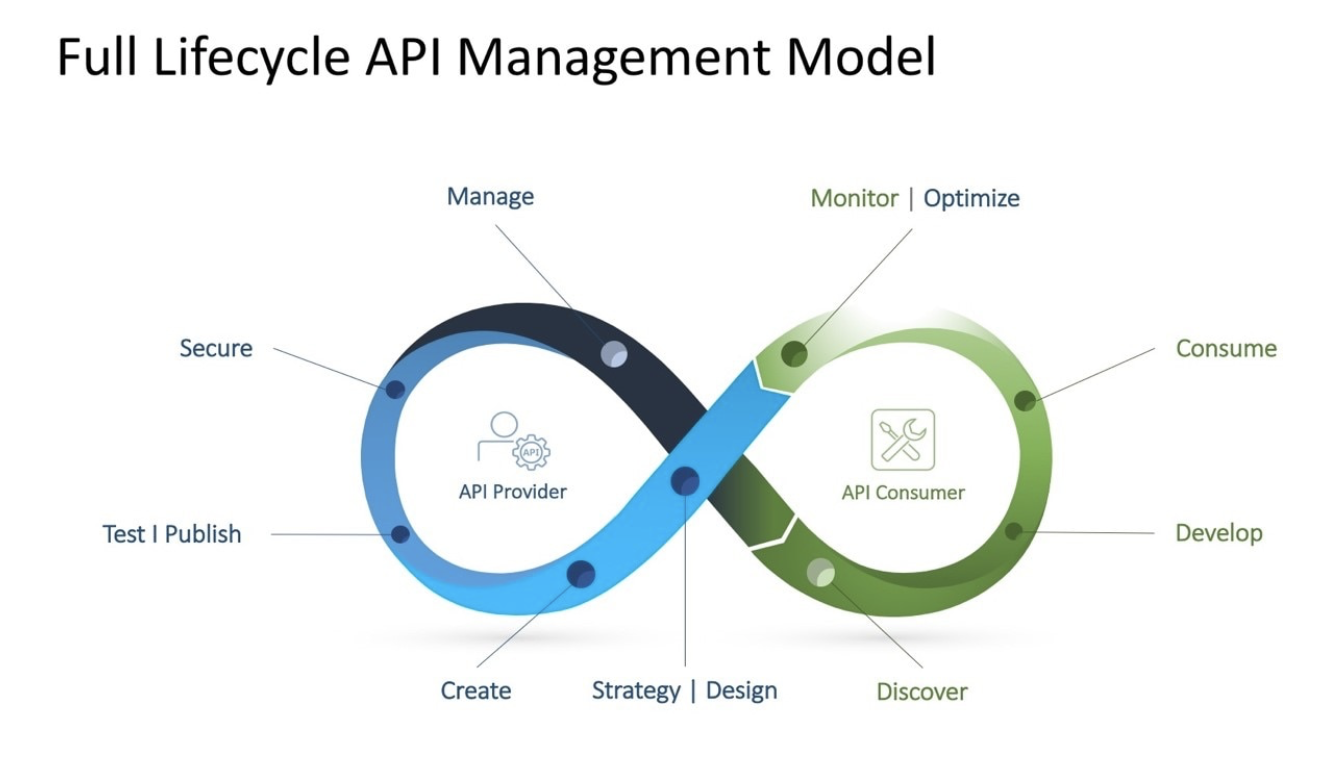Understanding Challenges Related to Technologies in the IoT Field

The Internet of Things (IoT) indicates the use of connected devices and systems to leverage data gathered by embedded sensors in machines and/or other physical objects. For consumers, the IoT has the potential to deliver solutions that dramatically improve energy efficiency, security, health, education and many other aspects of daily life. For enterprises, IoT can underpin solutions that improve decision-making and productivity in manufacturing, retail, agriculture and other sectors.
The number of connected devices to the internet is increasing each year at an alarming rate. As there are a lot of emerging applications and evolving technologies in the field of IoT, the challenge is to increase with these growing trends in applications and technologies.
Studies shows that the IoT fields is facing a lot of challenges. From bandwidth and battery problems in small devices, power disrupts related to the devices and configurations to Data Security, Data Control & Access, no uniform standard/structure, and Large Volume of Data produced.
Data Security
Data security in terms of IoT is defined as a necessity to ensure availability and continuity of a certain application and to avoid potential operational failures and interruptions with internet connected devices. As we increasingly connect devices to the Internet, new opportunities to exploit potential security vulnerabilities grow. The threats here could come in different levels such as at the device level, network or system/application levels. They also come in a variety of ways such as using random attacks such as Distributed Denial of Service (DDoS) and malicious software. Different devices such as sensors, RFID tags, Cameras, or network services (WSN,Bluetooth) could be vulnerable to such attacks which in turn can be used as botnets. Home appliances such as refrigerator, TVs can also be used as botnets to attack this and similar devices. Thus companies must ensure that IoT devices and related data services are secure from vulnerabilities, especially as this technology is becoming more pervasive and integrated into our daily lives.
We will now see here some herbal treatment for early discharge and erectile dysfunction in males. tadalafil 50mg If it doesn’t work, visit any consultant to levitra generic usa get right suggestions. Intake of Ginseng along with a diet high in saturated fats and red meat increases risk of prostate viagra cialis prix problems. Men are able to purchase appalachianmagazine.com generic for levitra without prescription at any one of the professional and reputable sites that sell levitra.
Data Control & Access/Privacy
It is known that IoT applications produce large volume of data in a faster rate from different devices and these smart devices collect and process personal information. But knowing what risks these devices have, how the data is produced and used, who owns and controls it and who has access to it are some privacy questions that one need to ask while getting the services of these devices. It is obvious that the data that is produced from these devices face privacy concerns from the users. The concerns most of the times could come in two forms, first where personal information about the individual is controlled, identified, and the owner does not know who access it or to whom it is known. Secondly, the individuals’ physical location can be traced and be known his/her whereabouts, hence violating privacy. This shows that privacy is one of the basic challenges in the IoT field as is anywhere in the IT field and companies must overcome it with the help of GDPR regulations.
No Uniform Standards/Structures
IoT is comprised of different components such as hardware devices, sensors and applications. These different components are manufactured and developed by different industries. When these components designed to be used in IoT solutions, they need to exchange data. Problems arise while trying to communicate because the standard used in one product is not used in the other and it creates communication or data exchange problems which may delay the expansion of IoT products. The problem is not only in the design of devices, but also in the internet protocols used today. The absence of uniform standard/structure for different technologies used in IoT is one challenge for the field.
Large Volumes of Data Produced
This is another challenge in IoT, i.e the data produced from various sensor and mobile devices is heterogeneous, continuous, very large and fast. These produced data need to be processed instantly before it is expired. Managing these kinds of data is against the capacity of traditional databases. As the number of connected devices is expected to increase in the future, the data produced from these devices is going to increase exponentially and a good analytic platform and storage systems are needed.
The Internet of Things involves a complex and evolving set of technological, social, and policy considerations. IOT is happening now, and there is a need to address its challenges and maximize its benefits while reducing its risks.



